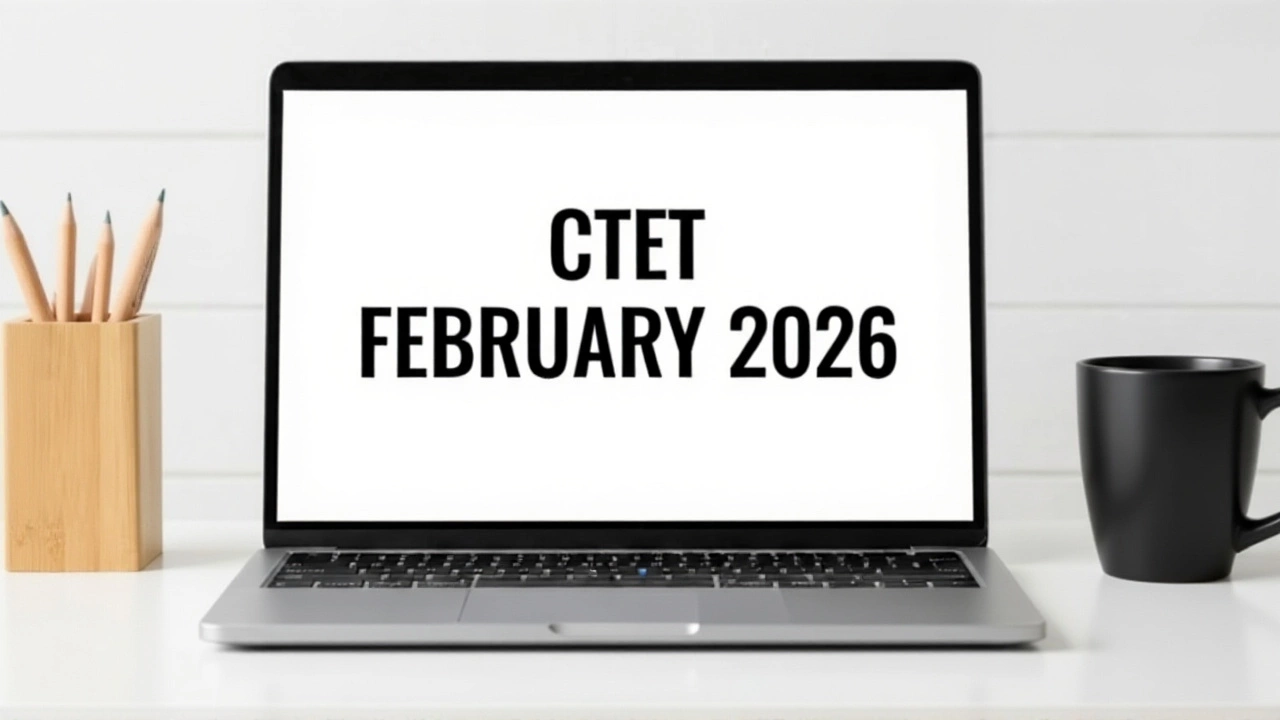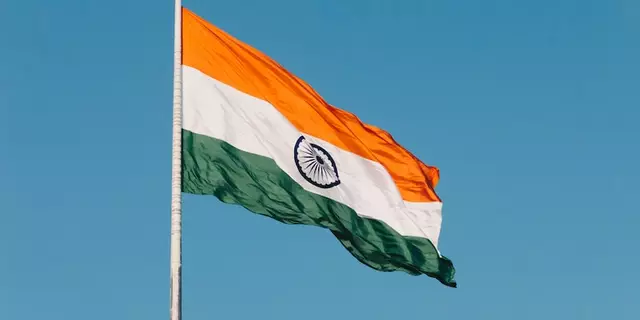On Thursday, November 27, 2025, at exactly 12:01 AM UTC, the Central Board of Secondary Education flipped the switch on the CTET February 2026 application portal — and within minutes, thousands of aspiring teachers across India began filling out forms. The ctet.nic.in website, the only official gateway, became a digital rush hour, with candidates scrambling to secure their spot before the December 18, 2025, deadline. This isn’t just another exam registration. For many, it’s the first real step toward a stable, government-recognized teaching career — one that could mean a job in a rural school in Odisha or an urban private institution in Bengaluru. And it’s happening just five months after the last CTET cycle ended in July 2025.
What’s at Stake for Aspiring Teachers?
The CTET February 2026 isn’t optional for most government schools in India. It’s mandatory. Without passing this test, you can’t be hired as a primary (Class I–V) or upper primary (Class VI–VIII) teacher in schools funded by the central government, or in many state-run institutions that follow CBSE guidelines. That’s over 1.2 million teaching positions nationwide, according to the Ministry of Education’s 2024-25 data. And with teacher vacancies still lingering in over 30% of rural schools, the pressure to qualify is higher than ever.Each paper — Paper-I for primary and Paper-II for upper primary — carries 150 multiple-choice questions, each worth one mark. No negative marking. No escape. You’ve got 2 hours and 30 minutes to answer everything: Child Development, Pedagogy, Mathematics, Environmental Studies, and two language options. It’s not about memorizing facts. It’s about understanding how children learn — and how to teach them when resources are scarce.
How to Apply: A Step-by-Step Reality Check
The process sounds simple: visit ctet.nic.in, click ‘Apply Online,’ and fill in your details. But here’s what no one tells you until you’re halfway through:- You need a valid ID proof — Aadhaar, passport, or voter ID — and your exact date of birth, matching official records.
- The system generates a unique registration number instantly. Write it down. Save it. Screenshot it. Lose it, and you’re stuck.
- Payment? ₹1,000 for general candidates, ₹500 for SC/ST/PwD. Pay via net banking or UPI. No cash. No post office receipts. If the payment fails, you have to restart the entire form.
- Upload a clear, recent photo and signature in JPEG format — under 50 KB. Blurry? Rejected.
“I spent three hours on this,” said Priya Verma, a 24-year-old graduate from Patna who applied on the first day. “I got an error on the signature upload. Had to reshoot it with my phone in natural light. Then the site crashed. I cried. But I did it.”
Who’s Eligible? The Fine Print
You don’t need a B.Ed. to take Paper-I. A diploma in elementary education (D.El.Ed.) or even a bachelor’s degree with 50% marks is enough. For Paper-II, you need either a B.Ed. or a degree with 55% marks and a D.El.Ed. or equivalent. But here’s the twist: passing CTET doesn’t guarantee a job. It only makes you eligible. States like Uttar Pradesh and Maharashtra have their own additional tests. So this is just the first gate.And while the exam is national, the impact is local. In Bihar, where nearly 40% of primary schools lack qualified teachers, CTET qualifiers are prioritized in recruitment drives. In Kerala, passing CTET adds 2 bonus points to state-level teacher selection scores. It’s a national license — but the doors it opens vary by state.

What Comes Next? The Timeline No One Talks About
The application window closes on December 18, 2025. That’s not the end. It’s just the beginning of the waiting game. Admit cards usually drop around January 25, 2026 — two weeks before the exam. That’s when candidates start checking exam centers obsessively. Most are in district headquarters — but some are in schools 50 kilometers from the nearest bus stop.The exam itself? February 8, 2026. Paper-II in the morning (9:30 AM–12:00 PM UTC), Paper-I in the afternoon (2:30 PM–5:00 PM UTC). Results? Expected by late March, based on past cycles. But here’s the catch: CTET scores are valid for seven years. So if you pass now, you’re locked in until 2033. That’s longer than most bachelor’s degrees.
Why This Matters Beyond the Classroom
This isn’t just about filling teacher vacancies. It’s about fixing a broken system. India needs over 1.1 million new teachers by 2030, according to NITI Aayog. Yet, teacher training institutes churn out only 600,000 graduates annually. CTET is the filter — the only standardized measure of pedagogical competence across 36 states and union territories. And for women, especially in small towns, it’s one of the few pathways to financial independence.“I’m a single mother,” said Anjali Mehta from Indore. “I passed CTET in 2023. Last year, I got hired as a government primary teacher. My salary is ₹32,000. My son’s school fees? Paid. My mother’s medicine? Covered. This test changed my life.”
That’s the real story behind the numbers.
Frequently Asked Questions
Can I apply for both Paper-I and Paper-II in the same session?
Yes. Candidates can apply for both papers in the same exam cycle, but they must pay separate fees — ₹1,000 for each paper. You’ll sit for Paper-II in the morning and Paper-I in the afternoon on February 8, 2026. Many candidates do this to maximize their job prospects, especially if they’re pursuing a B.Ed. or aiming for upper primary positions later.
What if I miss the December 18 deadline?
No extensions are granted. The Central Board of Secondary Education strictly enforces the deadline. Late applications, incomplete payments, or mismatched documents are rejected without appeal. If you miss this window, your next chance is CTET July 2026 — but that cycle’s notification won’t appear until May 2026. Don’t gamble.
Is CTET valid in all Indian states?
CTET is recognized by all central government schools and most state governments, including Delhi, Haryana, Chandigarh, and Jammu & Kashmir. But states like Tamil Nadu, West Bengal, and Karnataka conduct their own eligibility tests (TETs) and may require additional exams. Always check your state’s recruitment notification — CTET qualifies you, but doesn’t guarantee hiring.
How many people usually apply for CTET?
In the July 2025 cycle, over 1.8 million candidates registered. The February 2026 session is expected to surpass that, given the surge in teacher recruitment drives across states. Only about 25–30% pass both papers. That means roughly 500,000 candidates will qualify — still far short of demand. Competition is fierce, but the payoff is worth it.
Can I retake CTET if I fail?
Absolutely. There’s no limit on attempts. You can reapply every cycle — February and July — as long as you meet the eligibility criteria. Many candidates take it twice or thrice. The scorecard doesn’t show attempts. Only your highest valid score matters. Persistence often wins.
What documents do I need to keep ready before applying?
Have your ID proof (Aadhaar preferred), educational certificates (mark sheets, degree), category certificate (if applicable), passport-sized photo (white background, recent), and signature scanned. Also, know your bank details for payment and a working email/phone number. Keep all PDFs under 100 KB. One missing document can delay your application — and you won’t get a second chance after December 18.






